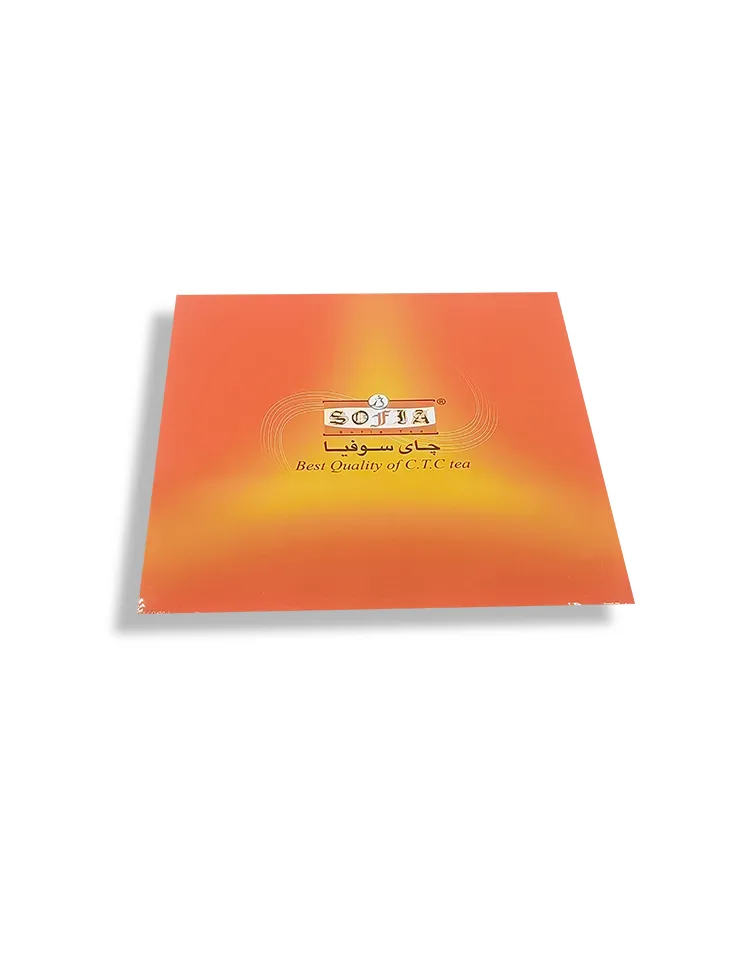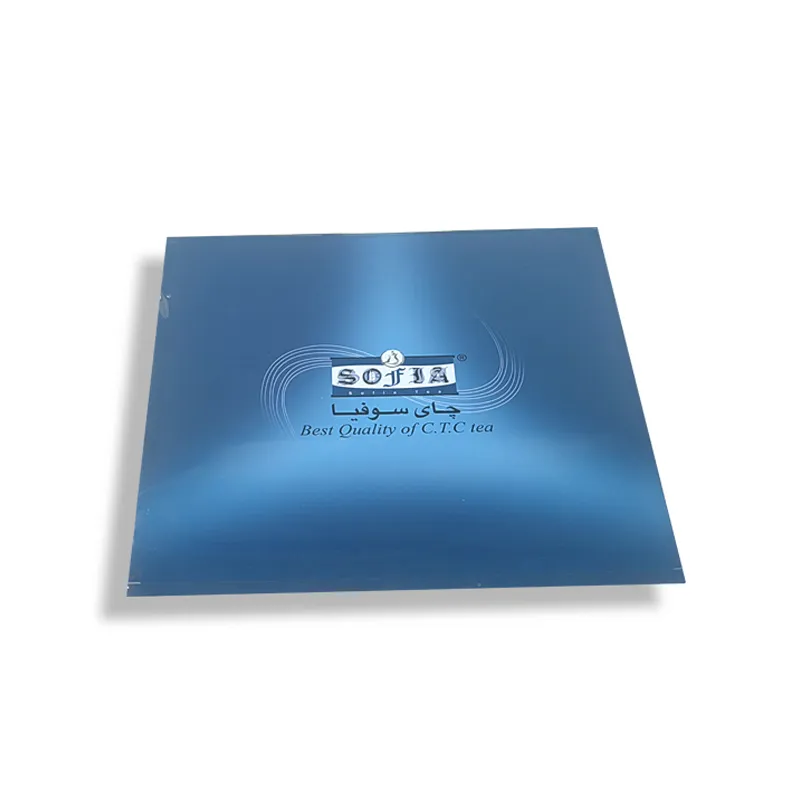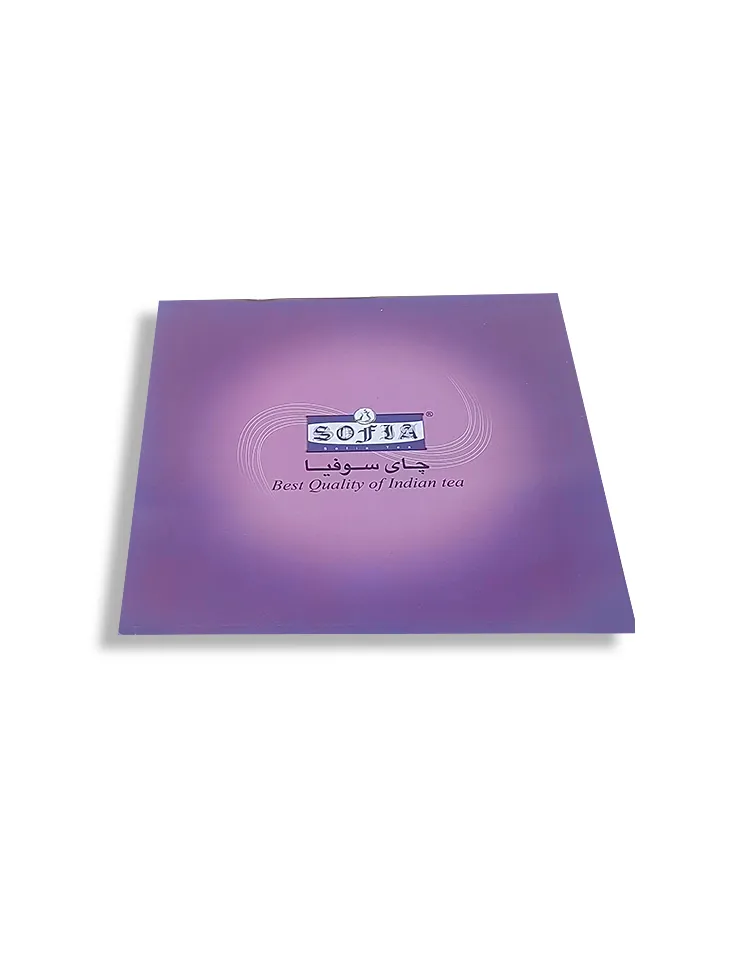Electrolytic tinplate and non-electrolytic tinplate are important materials in modern metal packaging and industrial applications, and are widely used in packaging manufacturing in food, beverage, chemical, pharmaceutical and other industries. There are significant differences in the production process and performance between electrolytic and non-electrolytic tinplate. Different application scenarios require the selection of the appropriate type according to actual needs.
This article will systematically discuss the differences between electrolytic tinplate and non-electrolytic tinplate, and what situations require the use of electrolytic tinplate in practical applications.

What are the differences between the production processes of electrolytic tinplate and non-electrolytic tinplate?
How is electrolytic tinplate produced?
The production of electrolytic tinplate relies on electroplating technology, which uniformly deposits metallic tin on the surface of the iron substrate through electrolysis. This process causes the positively charged tin ions to migrate to the surface of the negatively charged iron substrate by energizing the electrolyte, forming a uniform and stable tin plating layer. This process not only accurately controls the tin plating thickness, but also ensures the purity and uniformity of the plating layer, reducing the risk of oxidation caused by uneven tin plating layers. This method makes electrolytic tinplate have good corrosion resistance, flatness and high-gloss appearance, and is especially suitable for packaging fields that require high sealing and strong oxidation resistance.
What is the process of non-electrolytic tinplate?
Compared with the electrolytic tin plating process, non-electrolytic tinplate adopts hot-dip tin plating. By immersing the iron substrate in molten tin liquid, the surface of the substrate is in direct contact with the tin to form a coating. This process does not require the participation of electric current, so it is called "non-electrolytic" or "hot dip plating" process. The coating produced by the hot-dip tin plating process is usually thicker, and the uniformity of the coating is not as good as that of electrolytic tin plating. Therefore, the surface gloss and oxidation resistance are slightly inferior, but the toughness and thickness of the coating are more advantageous, and it is suitable for lower surface finish requirements. And application scenarios that require high strength and wear resistance.
What are the differences in performance between electrolytic and non-electrolytic tinplate?
What are the differences in corrosion resistance?
Due to the difference in coating thickness and uniformity between electrolytic tinplate and non-electrolytic tinplate, the corrosion resistance of the two is also different. The coating thickness of electrolytic tinplate is thin, but its coating is uniform and its overall anti-oxidation performance is good. It is especially suitable for packaging materials that require high corrosion resistance such as food cans and beverage cans. Non-electrolytic tinplate has a thicker coating and is more suitable for non-food packaging, such as chemical products, paint buckets, etc., and has better wear resistance and durability. Because the thickness of the hot-dip plating tin layer is relatively large, although the overall anti-oxidation performance is not as good as that of electrolytic tinplate, non-electrolytic tinplate shows strong durability when the requirements for wear resistance are high.
What is the difference between surface finish and processability?
The coating finish of electrolytic tinplate is high, and the surface of the tin layer after electrolysis treatment is smoother and brighter, which is conducive to subsequent printing, spraying and other fine processing. Therefore, in situations where appearance requirements are high, such as food packaging, beverage cans, cosmetic packaging and other fields, electrolytic tinplate has more advantages. In contrast, the coating surface of non-electrolytic tinplate sheet is slightly rough and the gloss is not as good as that of electrolytic tinplate, making it suitable for product applications that have lower appearance requirements. In addition, the tin layer of non-electrolytic tinplate is relatively thick and is usually not suitable for detailed processing, so this factor needs to be taken into consideration when selecting the applicable scenario.
Is there a significant difference in temperature resistance?
Temperature resistance is one of the important factors affecting the practical application of tinplate. The performance of electrolytic tinplate is relatively stable under high temperature conditions, and the coating is not prone to melting or deformation, making it suitable for food packaging needs for high-temperature sterilization and baking. For example, many food cans require high-temperature sterilization after packaging, and electrolytic tinplate sheet can maintain the integrity of the coating in such an environment without affecting the quality of the food. Relatively speaking, non-electrolytic tinplate is not suitable for high-temperature sterilization packaging due to its thicker coating and less stable coating at high temperatures.

Which application scenarios require electrolytic tinplate?
Why is electrolytic tinplate used in food packaging?
Electrolytic tinplate is widely used in food packaging due to its excellent corrosion resistance and smooth finish. For food packaging, the safety, sealing and oxidation resistance of materials are very important. The electrolytic tinplate coating is uniform, which can effectively prevent food from deteriorating due to the influence of the external environment. Especially in the packaging of acidic or salty foods (such as tomato sauce, jam, etc.), electrolytic tinplate sheet can maintain the original appearance of the food for a long time. Flavor and quality.
Why do cosmetics and pharmaceutical packaging tend to use electrolytic tinplate?
Cosmetic and pharmaceutical product packaging has high requirements for sealing and stability. The uniform coating and high smoothness of electrolytic tinplate can ensure the appearance and safety of the product. Especially in the pharmaceutical field, packaging materials must meet strict standards. The anti-corrosion ability and non-toxic and harmless characteristics of electrolytic tinplate make it meet the standard requirements of pharmaceutical packaging. Cosmetic packaging attaches great importance to the beauty and sophistication of materials. The surface smoothness of electrolytic tinplate meets the cosmetics market's packaging appearance requirements, and at the same time prevents the ingredients of cosmetics from being affected by packaging and causing qualitative changes.
Why choose electrolytic tinplate for beverage and food cans?
Beverage and food cans have extremely high requirements for packaging sealing. The coating thickness of electrolytic tinplate sheet is moderate and uniform, which can provide good anti-corrosion protection and has strong sealing properties to prevent oxygen and moisture from entering the tank, thereby effectively protecting the taste and quality of the contents. In addition, beverage packaging often requires printing and spraying. Electrolytic tinplate has a smooth surface and good processing adaptability, which facilitates subsequent processing and can meet the dual needs of beverage cans for beautiful appearance and corrosion resistance.
Under what circumstances is it suitable to use non-electrolytic tinplate?
Why is non-electrolytic tinplate sheet suitable for heavy industrial packaging?
Heavy industrial packaging, such as chemical products and paints, has high requirements on the wear resistance, thickness and strength of materials. Non-electrolytic tinplate adapts to the high-strength environment of heavy industry with its thicker coating. The coating of non-electrolytic tinplate is thicker and has strong corrosion resistance and wear resistance, which can effectively protect the contents even during long-term storage or transportation. This thickness is relatively stable in terms of corrosion resistance, and its surface roughness does not pose a problem in industrial applications, so it is more suitable for storing chemical raw materials, paints and coatings and other products.
Is non-electrolytic tinplate suitable for hardware packaging and mechanical parts packaging?
The packaging of hardware and mechanical parts does not have high requirements on appearance, but has high requirements on durability and wear resistance. The coating thickness of non-electrolytic tinplate sheet is relatively thick and its toughness is strong. It is suitable for protecting these items from damage by the external environment. Especially in humid and vibration-prone environments, non-electrolytic tinplate sheet can better protect internal items from oxidation. and corrosion. At the same time, the packaging of hardware usually does not involve high-temperature sterilization or high-precision processing. The thickness of the non-electrolytic tinplate coating provides stronger cushioning and impact resistance for the packaging.

How to weigh the choice between electrolytic tinplate and non-electrolytic tinplate?
Product use determines the choice of tinplate type
Based on actual needs, companies can weigh the choice of electrolytic and non-electrolytic tinplate sheet from aspects such as usage, packaging conditions, and production requirements. Products such as food, beverages, cosmetics, etc. that have higher requirements for packaging appearance and safety should give priority to electrolytic tinplate, while products such as industrial applications and heavy metal packaging that have higher requirements for wear resistance can consider non-electrolytic tinplate. Depending on the application environment, a reasonable selection of tinplate types will help ensure product quality and optimize production costs.
Transportation and storage environment affects the selection of tinplate
In conditions where the transportation and storage environment is harsh, the humidity is high, or it is susceptible to external influences, the appropriate selection of electrolytic tinplate with higher corrosion resistance can effectively extend the shelf life of the product, especially when the storage period is long. Non-electrolytic tinplate sheet is more suitable for scenarios that are not subject to strict environmental control and require high pressure resistance and wear resistance of packaging materials. Choosing the appropriate tinplate type under different circumstances can not only improve packaging performance, but also effectively extend packaging life and reduce maintenance costs.


